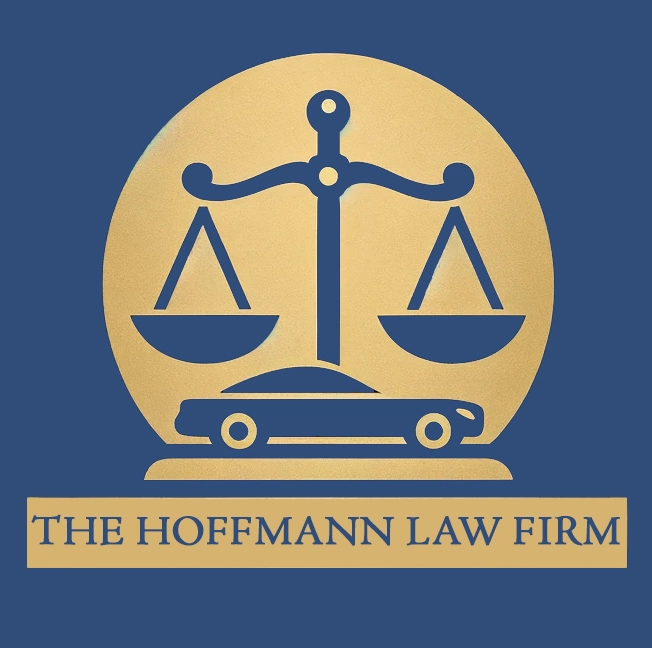A scaphoid fracture can occur when the driver’s or passenger’s wrist hits the steering wheel or dashboard or when the wrist is twisted or bent at an awkward angle.

While any part of the body can be injured in a car accident, some body parts are more vulnerable than others. One such body part is the scaphoid bone, which is located in the wrist and can be easily fractured in a car accident. This article will discuss scaphoid fractures, what they are, how they occur during an accident, and the treatment options available. We’ll also explore the long-term effects of a scaphoid fracture and how it can impact a person’s daily activities.
What Is a Scaphoid Fracture?
A scaphoid fracture is a type of injury that occurs when the scaphoid bone in the wrist is broken. The scaphoid bone is a small, boat-shaped bone that is located in the wrist, between the thumb and the wrist joint. It’s one of the eight small bones that make up the wrist and plays an important role in supporting the hand and wrist when performing everyday activities such as grasping objects or typing.
In a car accident, a scaphoid fracture can occur when the driver’s or passenger’s wrist hits the steering wheel or dashboard or when the wrist is twisted or bent at an awkward angle.
Symptoms of a scaphoid fracture may include pain and swelling in the wrist, difficulty using the hand and wrist, and difficulty moving the thumb. In some cases, the bone may also be visibly deformed or out of place. If you suspect that you or someone you know may have a scaphoid fracture after a car accident, it’s important to seek medical attention as soon as possible. Scaphoid fractures often require treatment to ensure proper healing and prevent long-term complications.
What Tests Are Done to Diagnose a Scaphoid Fracture?
Several tests may be done to diagnose a scaphoid fracture. Here are some of them:
X-rays
X-rays can be used to diagnose a scaphoid fracture by creating images of the wrist bones and allowing the doctor to see any breaks or fractures in the scaphoid bone. However, x-rays may not always be able to accurately diagnose a scaphoid fracture, especially if the fracture is small or if there is swelling or other tissue blocking the view of the bone.
Magnetic Resonance Imaging (MRI)
An MRI can be used to diagnose a scaphoid fracture by creating detailed images of the wrist bones and allowing the doctor to see any breaks or fractures in the scaphoid bone. MRI is more sensitive than an x-ray and can show fractures that may not be visible on an x-ray. However, MRI is more expensive and may not be readily available, so it may not always be the first test used to diagnose a scaphoid fracture.
CT Scan
CT scans can be used to diagnose a scaphoid fracture by creating detailed images of the wrist bones and allowing the doctor to see any breaks or fractures in the scaphoid bone. CT scans are more sensitive than x-rays, but they expose the patient to a higher dose of radiation. As a result, CT scans are typically only used if x-rays cannot accurately diagnose a scaphoid fracture or if more detailed images are needed.
What Is the Treatment for a Scaphoid Fracture?
There are several treatment options for a scaphoid fracture, including:
- Casting
- Surgery
- Bone growth stimulation
That said, the treatment you receive will depend on various factors, including the alignment of the fractured bones, the time elapsed between the injury and treatment, and the location of the fracture.
St. Louis Car Accident Lawyers
If you or someone you know has suffered a scaphoid fracture or any other type of injury in a car accident, it’s important to seek legal assistance. Don’t hesitate to reach out to The Hoffman Law Firm. Our St. Louis car accident attorneys have 25 years of experience and are here to help ensure your legal rights are protected after an accident. Give us a call 24/7 for a free consultation.
